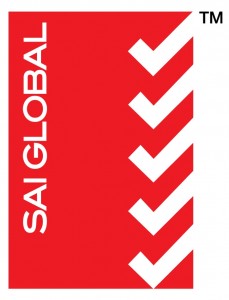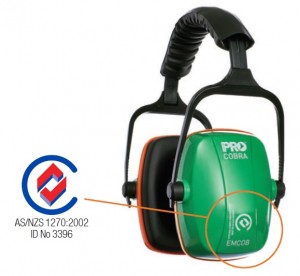The difference between Standards Compliance and Certification
The difference between Compliance and Certification
A product that has “certified” compliance to Australian Standards provides superior safety characteristics compared to one that has “stated” compliance but does not have the certification to prove it.
Standards are set specifications designed to ensure products, services and systems are safe, reliable and consistently perform the way they are intended to. However, Standards compliance is often voluntary – even in PPE – unless it is mandatorily adopted by Government.
What is Compliance?
Compliance to a Standard, whether that Standard is voluntary or mandatory, is not enforced or monitored in Australia. Thus, manufacturers may claim compliance based on self-testing.
Furthermore, there is no requirement that demands the manufacturer to test products on an ongoing basis. Given manufacturing variances over time, a product that complies at launch may not necessarily comply with the standard two years later. This situation arises if the product is not tested periodically.
This lack of testing independence and inconsistency means products are being sold with unsubstantiated self-declarations of compliance. In addition, a claim of compliance may not be relevant to the Standard for your specific industry or application.
If your supplier claims compliance but that compliance is not certified, ask them when it was tested, and who did the testing. Also, ask the supplier why they haven’t had the compliance certified.
What is Certification?
Independent Standards certification of compliance requires a product be tested and examined by an independent certification body such as SAI Global. Unlike claims of compliance, there is no grey area in certification.
Third party certification provides assurance that a particular product or process meets the requirements of a nominated Standard. It supplies assurance that the said product or process is tested regularly, in line with the recommendations within the Standard.

For illustrative purposes only
Once a product has been certified, the certification body will allow the use of their unique certification mark. In the case of SAI Global, it is the ‘5 Ticks’ logo, found on many ProChoice products.
Certified products have gone through an extra step in the manufacturing process. These products carry added value, with the product’s quality and fit-for-purpose assured in accordance with Australian Standards.
Whether you are purchasing PPE for your own protection, or if you are responsible for the safety of others, choosing a certified product is the obvious choice. Peace of mind is priceless.
How to know if your product is certified:
Look for the accredited auditor logo with the licence or identification number or discuss with your ProChoice stockist or rep.
More about standards (from Standards Australia):
Standards can be:
| International standards | Developed by ISO and IEC (and others) and are used directly or adopted by other standardising bodies. |
| Regional standards | Prepared for use in a specific geopolitical region, the best known is the European Union (EU) where EN standards are used. Joint Australian/New Zealand standards can also be considered regional standards since they apply equally in both countries. |
| National standards | Prepared, adopted or approved by a national standards body or other body accredited to produce national standards.
For example, Australian Standard® brand Standards are either developed in Australia or are adoptions of international standards. |









































































